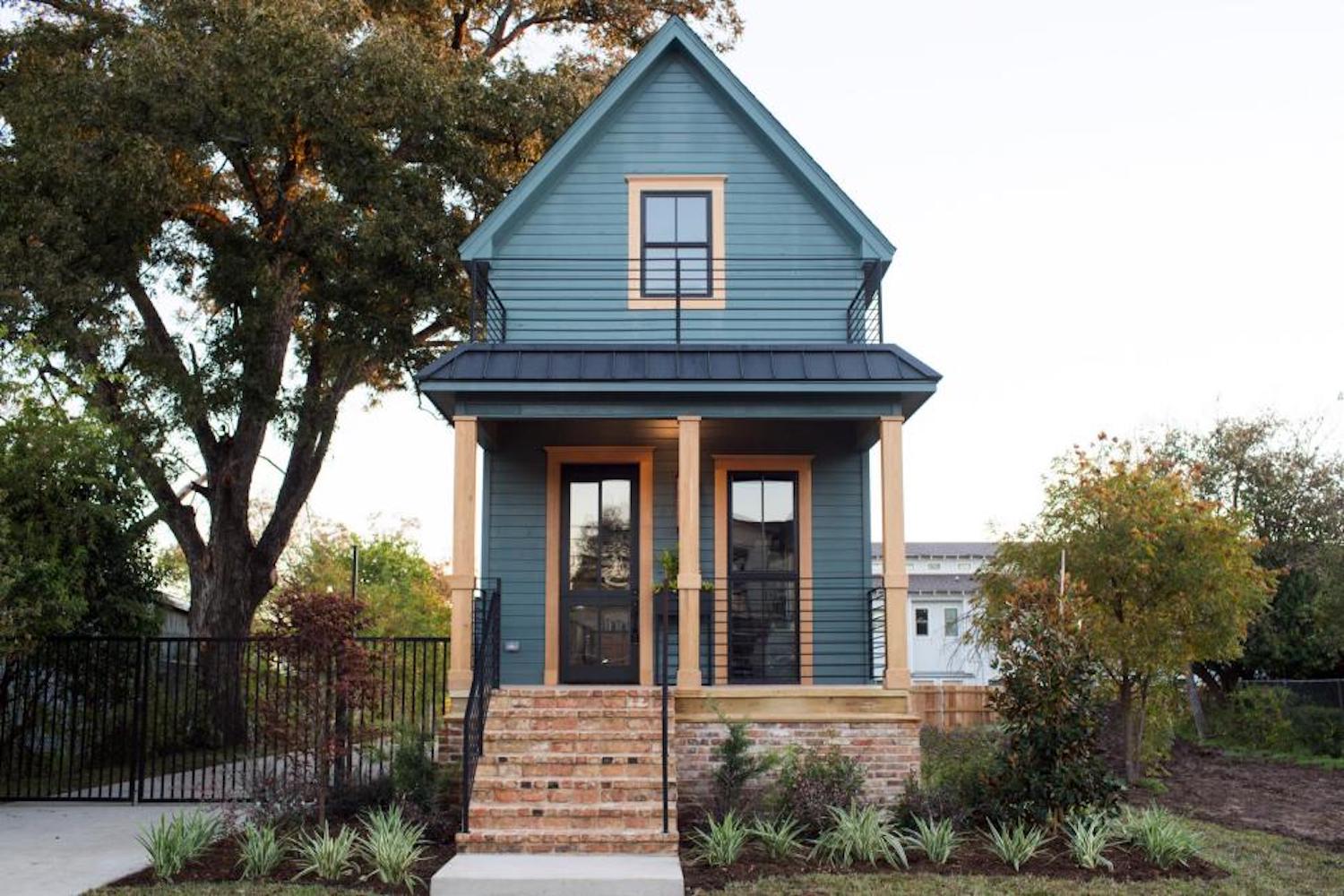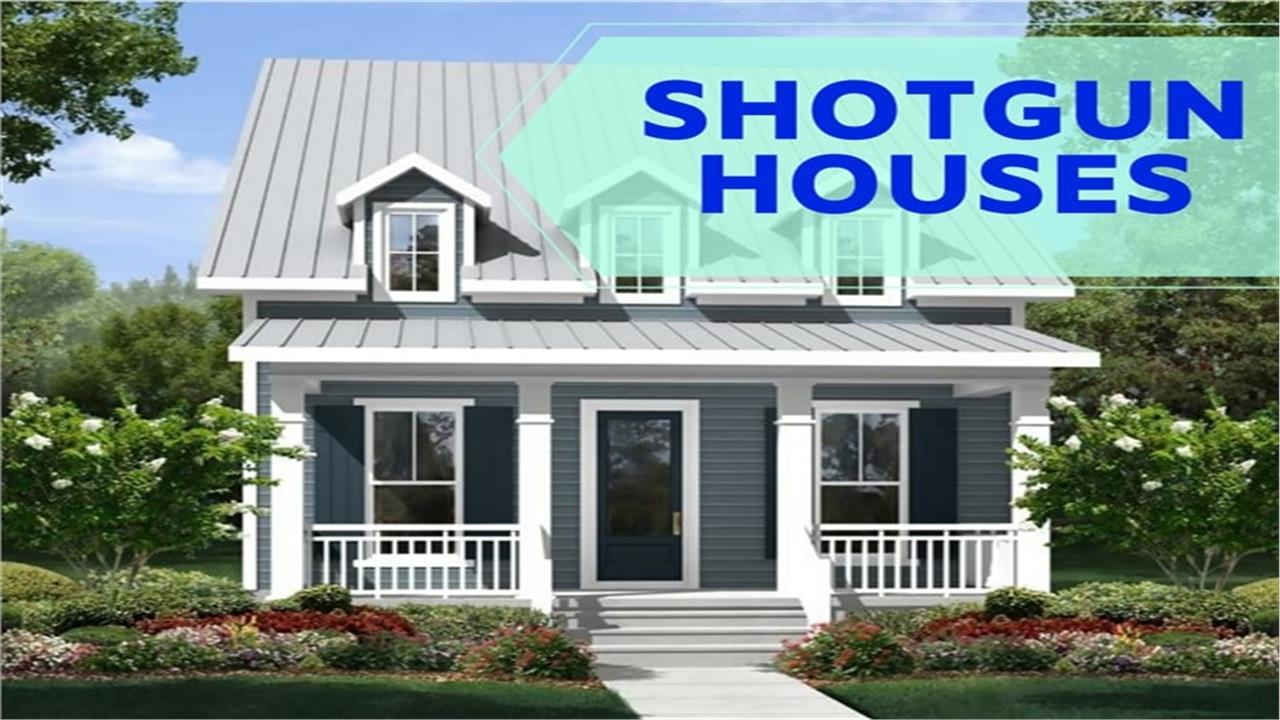Table Of Content

However, later on, these homes gained popularity and defined a colorful streetscape in New Orleans. It has long been believed that the shotgun originated in the French colony of St. Domingue (now known as Haiti), where enslaved West African slaves built similar dwellings based on the architecture in their homeland. Following the St. Domingue Revolution in 1791, when slaves rose in arms and successfully destroyed the island’s plantation slavery system, the nation of Haiti was created. In this design, the entrance is through a side door set under the roofs eave line or a side porch extending the length of the house. The small door works as a passageway to the kitchen or the rear of the house without going into the front parlor.
Home Alone: 10 Beautiful Homes in the Middle of Nowhere
The narrow design with windows and doors at either end—combined with high ceilings—allows for efficient ventilation and airflow throughout the home, vital for NOLA’s hot and humid climate. One of the most distinctive features of shotgun style house plans is their long, narrow shape. This design creates a unique and functional layout that has several advantages. The shotgun house is the signature house style of New Orleans, and this cozy cottage is as classic as any you’ll find in the city. Although the home measures a mere 400 square feet, it houses a large amount of style. The single shared bedroom can fit two beds, and a dining area is squeezes alongside the kitchen.
Shotgun house
It may be built into a slope to utilize the terrain or minimize its appearance. For a house to be classified by realtors as a raised ranch, there must be a flight of steps to get to the main living floor – which distinguishes it from a split-level house. They haven’t the scaled-down pretensions of two-bedroom mock-Spanish haciendas. It may be a soulless landscape to some, but in Southern California, to its pilgrims, a house of one’s own is a holy land indeed, even to this day. As a result, the demolition did not proceed and city officials later bought the land, and moved the homes to their current location in the LaVilla neighborhood along North Jefferson and West Church streets. Davis said these two- and three-bedroom homes, which range from 300 to 1,000 square feet, were first built by blacks in Port-au-Prince, Haiti’s capital.
What's this about a double-barrel shotgun house?
Built-in storage, large windows, and high ceilings add to the functionality and comfort of the home. Overall, the spacious porches of shotgun style house plans offer several advantages. They provide additional living space, increase curb appeal, improve air circulation, and protect the home from the elements. The porches are typically located at the front and back of the house, and they provide a wonderful outdoor living space for relaxing, entertaining, and enjoying the outdoors.
Shotgun-style tiny homes rising in Houston's East End - Chron
Shotgun-style tiny homes rising in Houston's East End.
Posted: Thu, 24 Oct 2019 07:00:00 GMT [source]
The verandas give a luxurious, upscale look to the simplistic structure while retaining practical functionality. The kitchen sat in the back of the original shotgun since it was the hottest room of the house. In some designs, the kitchen moved to the center of the layout for closer proximity to the dining room.
What is a Shotgun Style House? History, Types, Examples
This Shotgun-style home in Tyler Park features bold colors, New Orleans-inspired vibe - Courier Journal
This Shotgun-style home in Tyler Park features bold colors, New Orleans-inspired vibe.
Posted: Thu, 21 Oct 2021 09:34:34 GMT [source]
Generally, shotgun houses are set near the street with no front yard, though some can accommodate a small one. The shotgun house’s design originated In West Africa, which came to New Orleans by way of St. Domingue (later Haiti). The rooms lay in succession, one behind the other, through to the back door of the house. For decades since then, people have sensed that deer hunting in southern Minnesota is safer without rifles, in part because shotgun slugs in the old days wouldn't carry nearly as far as rifle bullets. But vast improvements have given modern shotguns a reliable effective range of 200 yards or more — on par with many rifles. The raised ranch is a two-story house in which a finished basement serves as an additional floor.
Nestled in the French Quarter, this New Orleans cottage, dating back to 1887, retains elements of Victorian-era charm. Bracketed bay windows and a double set of doors give the exterior a wide open and welcoming appearance, while also providing passage to the open floor plan within. Period-authentic heart pine floors, rounded archways, and original fireplaces make this shotgun house a timeless treasure. Recently renovated, this historic shotgun home in Waco is now the pinnacle of modern style and function. The narrow nest may look tiny on the outside, but inside the home feels surprisingly spacious. An open floor plan unites the wood-floored common area and well-equipped kitchen.
Newer materials like vinyl, fiber cement board, and brick are sturdier and less susceptible to weather and termite damage. Steel is an expensive option for framing but could prove useful in storm-prone areas. Building a shotgun house from scratch involves calculating and budgeting all the necessary materials.

Maximizing the Footprint of a Shotgun House
That rationale made sense at the time when less accurate shotguns gave deer a better chance to grow their herd, he said. About two months after their dash to Las Vegas, the Stahls decided to drive up to this mystery spot and have a look around. They found themselves gawping at the entirety of Los Angeles spread out below in a grid that went on for an eternity or two. In the kismet-filled conversation that followed, Buck agreed to buy the barren one-eighth-acre lot for $13,500, with $100 down and the seller maintaining the mortgage until the Stahls paid it off. On that site, they would construct Case Study House #22, designed by Pierre Koenig, arguably the most famous of all the houses in the famous Case Study program that Arts & Architecture magazine initiated in 1945.
One of my favorites is a survivor, the Stimson House, a “castle” on Figueroa Street near USC, 130 years old, red stone outside and more than half dozen kinds of wood inside. It’s sturdy enough to have withstood both a blackmailer’s dynamite attack and the depredations of frat boys, who were given the boot and eventually replaced by an order of Catholic nuns. Joel McEachin, a retired senior historic preservation planner for Jacksonville, saved three homes from demolition in 1999 with the help of Linda Mitchell Harper, founder of Saving Our Unique Landmarks.
The rectangular shape of the house, the lack of hallways, and the use of simple materials all contribute to the low cost of construction. Overall, the single-row design of shotgun style house plans offers several advantages. It creates a more open and airy floor plan, makes the house more efficient to navigate, and reduces the cost of construction and maintenance. Many shotgun houses built in the 19th and early 20th centuries fell into disrepair over time and were demolished during urban renewal efforts of the 1960s and ’70s. At that time, city planners and politicians viewed the houses as symbols of poverty and substandard housing conditions. Some cities, including Charlotte and Houston, created historic districts dedicated to shotgun houses and moved remaining houses to those areas.
Tourists looking for shelter from the hustle and bustle of New Orleans’ Canal Streetcar line can find it in this regal and restful shotgun home nearby. The ornate exterior of the home, with intricate awning and patterned gable, mirrors the dazzling detail of the interior. There, muted colors and plush furnishings live in harmony with light-toned hardwood floors.
The 20th-century ranch house style has its roots in North American Spanish colonial architecture of the 17th to 19th century. These buildings used single-story floor plans and native materials in a simple style to meet the needs of their inhabitants. Walls were often built of adobe brick and covered with plaster, or more simply used board and batten wood siding. Roofs were low and simple, and usually had wide eaves to help shade the windows from the Southwestern heat. Buildings often had interior courtyards which were surrounded by a U-shaped floor plan. Large front porches were also common.[2] These low slung, thick-walled, rustic working ranches were common in what would become the southwestern United States.


No comments:
Post a Comment